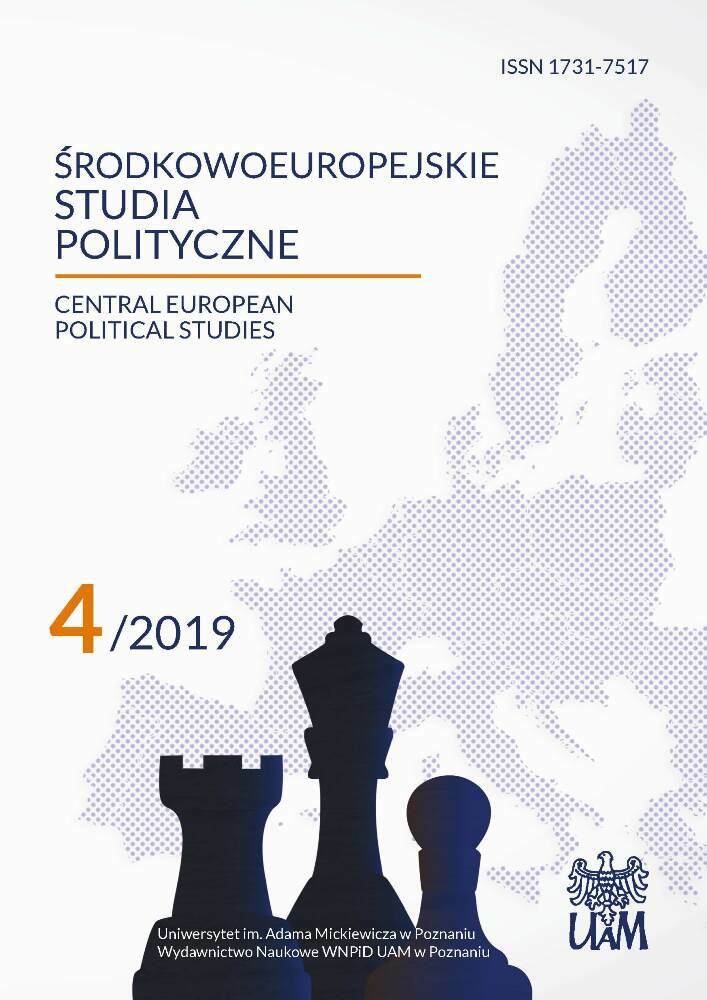Abstract
The research on television market and audience has been so far dominated by a telemetric system operating within a determined panel in the longitudinal manner. Nevertheless, the rise of digital era marked by the growing consumption of audiovisual content and TV in the Internet via VOD systems, subscription services, streaming etc. has changed the way the TV audience should be measured and tackled in order to deliver the significant data to advertisers. The digital services and therefore the online ads consumption are forcing the telemetric companies to re-design their methodology and measurement services. This thus requires not only new measurement methods and sample designs or research planning but also demonstrate new challenges and requirements starting from technical aspects and finishing on social and economic ones. Therefore, it is of great interests to find out how digital TV audience era is changing the way telemetric services are designed and conducted globally and at Polish market. The study attempts to find out how the TV audience measurement service is responding to the changes caused by digitalisation, which challenges and requirements have to be met in order to approach the issue of digitalisation of TV market in terms of the research planning and methodology. Finally, the present research pretend to determine and describe how the global market, and the Polish one in particular, perceives the services offered by Nielsen Audience Measurement. The research includes the series of individual semi-structured online individual interviews with managers and board of directors of the company as well as digital ads ratings department in Poland and headquarters in Switzerland. The results demonstrate the key changes, opportunities and challenges resulted from the digitalisation of TV consumption as perceived by management board, the company’s strategy towards digital convergence and the estimation of the needs of new markets and audiences on the course of the digital transformation.
References
Abelman R., Atkin J. D. (2000), The Televiewing Audience: the Art and Science of Watching TV, Hampton Press, New Jersey.
Ang I. (1991), Desperately Seeking the Audience, Routledge, London.
Ettema S. J., Whitney D. C. (ed.) (1994), Audiencemaking: How the Media Create the Audience, Sage Publications, London.
Goban-Klas T. (1999), Media i komunikowanie masowe. Teorie i analizy prasy, radia, TV i internetu, Wydawnictwo Naukowe PWN, Cracow.
Godzic W. (2002), Telewizja jako kultura, RABID, Cracow.
Jensen K. B. (ed.) (2002), A Handbook of Media and Communication Research: Qualitative and Quantitative Methodologies, Routledge, London.
Mrozowski M. (2001). Media masowe. Władza, rozrywka i biznes, Oficyna Wydawnicza Aspra, Warszawa.
Sztabiński P. B., Sztabiński F.; Sawiński Z. (ed.) (2001), Nowe metody. Nowe podejścia badawcze w naukach społecznych, IFiS PAN, Warsaw.
Gallego F. (2013), Social TV Analytics: nuevas métricas para una nueva forma de entender la comunicación, “Index Comunicación”, no. 3, pp. 13–39.
Segado F., Grandío M., Fernández-Gómez E. (2015), Social media and television: a bibliographic review based on the Web of Science, “El Profesional De La Información”, vol. 24, no. 3, pp. 227–234.
van Es K., van Geenen D., Boeschoten T. (2015), Re-imagining Television Audience Research: Tracing Viewing Patterns on Twitter, “Media Culture Journal”, vol. 18, no. 6, pp. 1–10, http://journal.media-culture.org.au/index.php/mcjournal/article/view/1032.
Baym K. N. (23.09.2013), Data Not Seen: The Uses and Shortcomings of Social Media Metrics, “First Monday”, 18.10, http://firstmonday.org/ojs/index.php/fm/article/view/4873/3752, 30.08.2017.
C-Scott M. (21.05.2015), Television is changing, and viewer metrics need to change with it, The Conversation.com, https://theconversation.com/television-is-changing-and-viewer-metrics-need-to-change-with-it-41758, 30.08.2017.
DiGiorgio L. (07.07.2017), The Future of TV Metrics, TV Technology.com, http://www.tvtechnology.com/opinions/0004/the-future-of-tv-metrics/281342, 28.08.2017.
Green M. (31.08.2017), It’s Time To Apply Digital Video Metrics To TV Ratings, Mediapost.com, https://www.mediapost.com/publications/article/306667/its-time-to-apply-digital-video-metrics-to-tv-rat.html, 15.09.2017.
Kohn K. (28.07.2017), Problems with TV Measurement, BroadcastingCable.com, http://www.broadcastingcable.com/blog/bc-guest-blogs/problem-tv-measurement/166875, 28.08.2017.
Steinberg B. (11.04.2017), TV Industry Struggles to Agree on Ratings Innovation, Variety.com, http://variety.com/2017/tv/features/nielsen-total-content-ratings-1202027752/, 30.08.2017.
National Council for Radio and Television Poland (2017), http://www.krrit.gov.pl/dla-mediow-i-analitykow/nowe-technologie/, 16.09.2017.
Nielsen Audience Measurement (2017), http://www.agbnielsen.pl/; http://www.nielsen.com/eu/en/solutions/measurement/audience.html; http://www.agbnielsen.com/, 08.09.2017.
PricewaterhouseCoopers International Limited (2017), Digital IQ 2017, https://www.pwc.pl/pl/publikacje/2017/digitaliq2017.html, 16.09.2017.
Polish media market value to rise by billions in five yrs: report, 16.10.2018, https://polandin.com/39493231/polish-media-market-value-to-rise-by-billions-in-five-yrs-report, 30.10.2019.
PwC (2017), Doing business in Poland Report, www.pwc. com https://www.pwc.pl/pl/pdf/doing-business-in-Poland-report-2017.pdf.
Raport Mobile (2018), Mobile vs inne media, https://iab.org.pl/aktualnosci/raport-mobile-2018-mobile-vs-inne-media/
Szostak S. (2013), Poland’s Return to Europe: Polish Terrestrial Broadcasters and TV Fictiont, https://www.viewjournal.eu/articles/110/print/.


